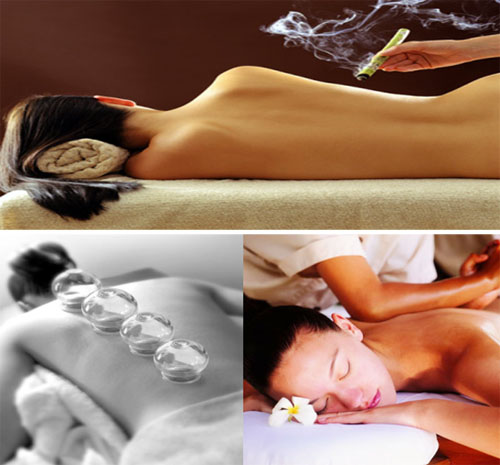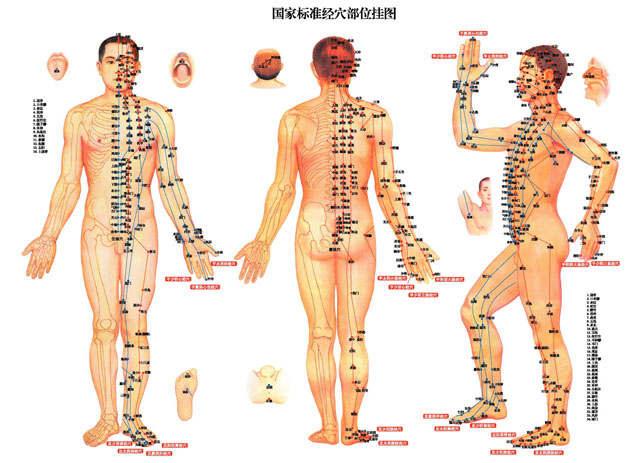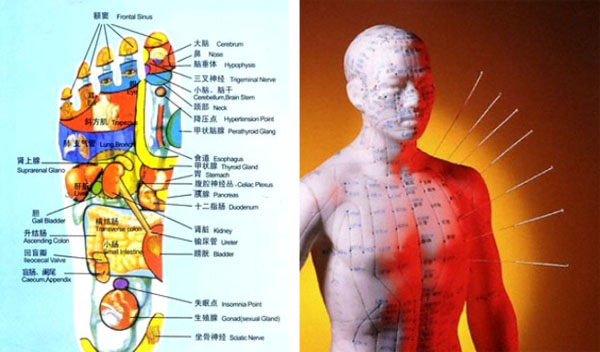
Traditional Chinese Medicine (TCM) has been around for thousands of years. Although the first recorded history of TCM dates back over 2000 years, it is believed that the origins of TCM goes back more than 5000 years. According to the legend the origins of traditional Chinese medicine is traced back to the to three legendary emperors/mythical rulers: Fu Xi, Shen Nong and Huang Di. Historians believe that Shen Nong and Fu Xi were early tribal leaders. Fu Xi was a cultural hero who developed the trigrams of Yi Jing(I Ching) or Book of Changes. Ancient texts record that "Fu Xi drew the eight trigrams, and created nine needles." Shen Nong, the legendary emperor who lived 5000 years ago is hailed as the "Divine Cultivator"/ "Divine Farmer" by the Chinese people because he is attributed as the founder of herbal medicine, and taught people how to farm. In order to determine the nature of different herbal medicines, Shen Nong sampled various kinds of plants, ingesting them himself for to test and analyses their individual effects. According to the ancient texts, Shen Nong tasted a hundred herbs including 70 toxic substances in a single day, in order to get rid of people's pain form illness. As there were no written records, it is said that the discoveries of Shen Nong was passed down verbally from generation to generation.
After the Han dynasty, Chinese medicine experienced great development from the Jin and Tang dynasties. Wang Shuhe a well-known physician set down the knowledge of pulse diagnosis in his book Mai Jing (The Classic of the Pulse) that consisted of ten articles in total. It summarizes the pulses into 24 types, and expounds on the relationship between the pulse, physiology, and pathology.

During the Western Jin dynasty, Huang Fumi(214-282 A.D.), a noted physician completed a book entitled the "Zhen Jiu Jia Yi Jing" or The Systematic Classic of Acupuncture and Moxibustion. This was the oldest/earliest classic devoted to acupuncture and moxibustion, which consisted of 12 volumes, 128 chapters.
The medical expert and the most famous Daoist alchemist Ge Hong (281-341 A.D.) also advocate the application of Acupuncture. He wrote many manuals, among which was Prescriptions from the Golden Cabinet, containing 100 articles. He was a careful observer of nature; in relation to medicine he provided detailed descriptions of serious diseases (such as smallpox and tuberculosis) and described formulas for treating serious medical situations in his Handbook of Prescriptions for Emergencies.

During the Sui Dynasty, Chao Yuanfang, together with others
compiled a book called the Zhubing Yuanhou Zonglun or The General Treatise on
the Causes and Symptoms of Disease, which consisted of 50 volumes, divided into
67 categories, and list 1,700 syndromes. This book had a strong influence on the
later development of medicine, expounding on the pathology, signs and symptoms
of various diseases, surgery, gynecology, and pediatrics. The Tang dynasty is
often referred to as the second golden age of China.

Home > Culture of China > Ancient Philosophy > Physician > Traditional Chinese Medicine